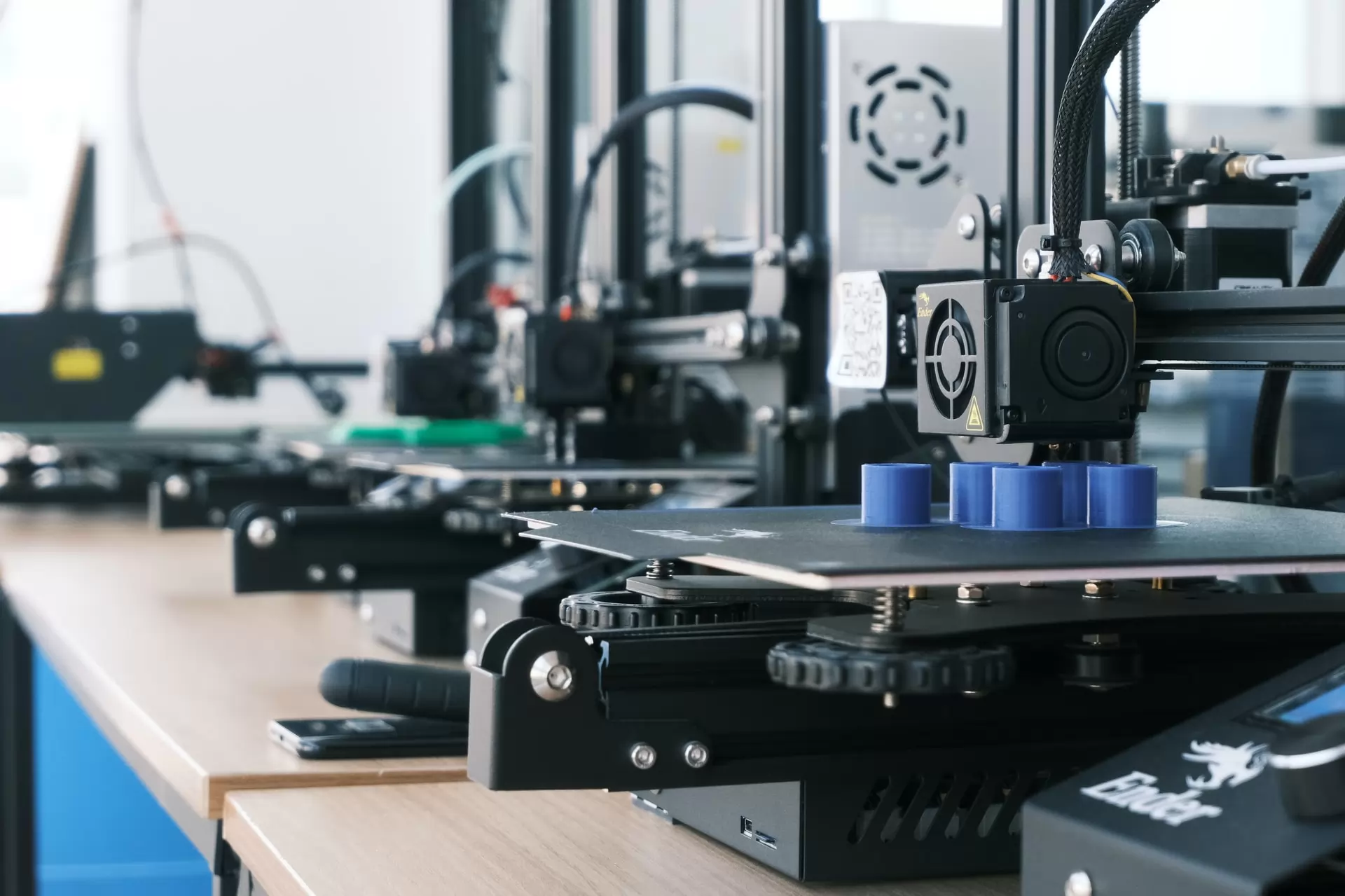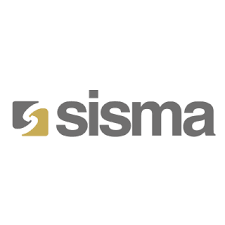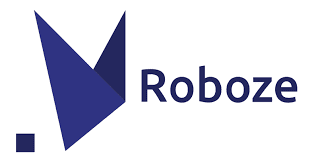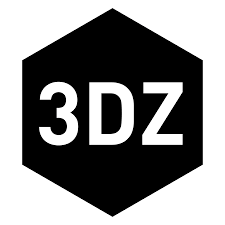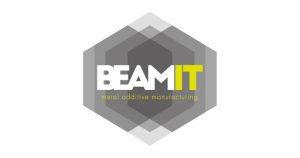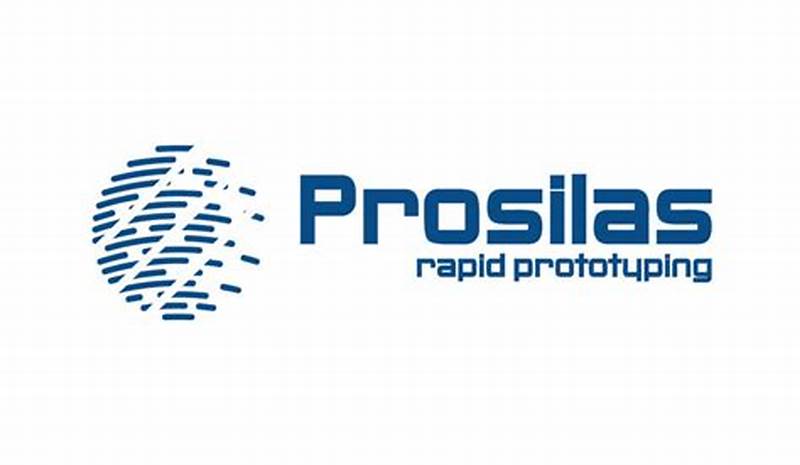Sintesi
per comprendere questo mercato
Dettaglio del contenuto
 Informazioni
Informazioni
- Pagine : 30 pags
- Formato : Versione PDF e digitale
- Ultimo aggiornamento : 09/09/2022
 Riepilogo ed estratti
Riepilogo ed estratti
1 Market Overview
1.1 Definition and presentation
A 3D printer is a machine that allows real three-dimensional objects to be designed from a file created with 3D design software. The objects created can be models, parts, scale models or prototypes. 3D printers can be industrial or clerical depending on their use. The 3D printer market includes the activities of selling 3D machines and solutions, selling printed products through specialized machines to customers who wish to create product prototypes, and printing services. The 3D printer market can be segmented by component perspective (hardware, software, and services), printer type (desktop and industrial), technology, material perspective (polymer, metal, and ceramic), and geographic area.
In Italy, 3D printing has become a widely accepted technical standard and tool for manufacturing companies. The sectors driving the most demand for 3D printers are optics, electronics, electromedical (i.e., concerning medical devices) and watchmaking. Among the most common applications where 3D printing is used in the business process, about 76 percent of manufacturers use it mainly for prototype development and are very satisfied with it. This is followed by companies that use 3D printing for visual modeling, which are also satisfied with the potential of this molding technique. However, 3D printing is also used for the production of small series, customized products and parts, and for the manufacture of special products such as prosthetics, implants and components.
In addition, a large number of companies, more than 41 percent, plan to invest more in 3D printing and expand the use of this technology within their organization. Many see this opportunity as a way to make up for what they lost in the Covid-19 crisis by leveraging savings-in terms of money-and the ability to expand their offerings. Although this entails, at least initially, an investment in purchasing the necessary tools, the resulting savings and profitability remain high. Overall, nearly 45 percent of Italian manufacturers see in-house production as an effective way to overcome supply chain delays or supply shortages.
1.2 An ever-expanding global market
The global *D printing market is still in its infancy, but it is believed to have the potential to revolutionize global manufacturing and is likely to become particularly disruptive in certain sectors such as healthcare and high-tech electronics. There are an estimated ** million *D printed hearing aids in circulation today. Specifically, ...
A fast-growing Italian market
According to research by Cherry Consulting and NetConsulting, *D printers are currently driving the Industry *.* plan more than cloud and Analytics. In fact, as of September ****, companies that have activated or are thinking about *D printing projects are about ** percent of those surveyed. The Italian market represents *.* percent of the global ...
1.4 New opportunities in the time of Covid
The Covid-** crisis has given an accelerator shot to *D printing by demonstrating an essential role in the manufacture of medical equipment, and because of this it has attracted the interest of businesses. The pandemic showed how *D printing can do more than just bring some futuristic object to life. Important ...
2 Demand analysis
2.1 Sectors related to the 3D printer market
As we can see below, industry is the main outlet and accounts for nearly **% of the demand in the *D printing market. Various services account for **% of demand, followed by the high-tech sector which accounts for **% of demand, and the consumer goods sector (***).
Key market opportunities for *D printing World, ****, in ...
2.2 A rapidly growing demand
The two main markets that are driving the current demand for *D printers are the medical sector and the Italian SME sector.
Part of the demand is being driven by Italian SMEs that need to rethink their production processes as a result of the rising cost of raw materials: it is ...
2.3 Demand drivers
A major driver of demand for *D printers is the issue of sustainability. Growing apprehension about environmental sustainability allows the *D printing industry to serve another function of its own: to help the manufacturing system increasingly shift toward sustainable production and design, based on the circular economy, reshoring, digital workflows, and ...
2.4 Future demand driven by healthcare and sustainability
The main future trend concerns the ever-increasing growth in demand for *D printers for healthcare and sustainability purposes. In fact, health and environmental crises combined with the innovation of *D printers will enable *D printers to meet increasing demands from the health care and sustainability sectors.
The *D printing industry could ...
3 Market structure
3.1 Market structure
Analyzing the number of patents filed in the international landscape, it can be found that * companies(***).
Major *D patent owners World, ****, in units Source: ****
Analyzing the Italian landscape, we can identify, in the chart below, the top * companies in the industry by revenue. In particular, we can find that the clearly ...
3.2 Geographical Distribution and Value Chain
The Wohlers **** report states that there were a total of **,*** industrial installations of *D printers between ****-****. As we can see from the chart below, **.* percent of this production came from the United States, compared to **.* percent from China, *.* percent from Japan, and*.* percent from Germany. World production of *D printers World, ...
3.3 Major distributors of 3D printers
As Italy has been among the major markets to have adopted *D printing since its inception, there are now a number of solid and experienced distributors who have built the industry from its foundations. One of these is Energy, a key distributor for Stratasys systems, which has been joined in recent ...
3.4 The main market players
Companies that use *D printers in Italy are active in the medical field (***) that use AM primarily for prototyping purposes.
Then there are a number of *D printer manufacturers, led by Sisma and DWS (***) and growing manufacturers of industrial filament extrusion systems such as *ntr and Roboze.
A number of companies ...
4 Supply analysis
4.1 The main types of 3D printers
Depending on the printing technique and materials used, different types of *D printers can be found on the market. According to a market report by Seltek, a key player in the industry, there are * main types in Italy.
Source: ****
4.2 The main types of pricing
The price of a *D printer is determined by several factors such as the technique used by the machine, the type of material that can be used, and the number of extruders present.
Below we find a classification of *D printer models for various price ranges.
4.3 The most commonly used materials in 3D printing
According to reichelt elektronik's survey of a sample of business decision-makers in Italy conducted by the OnePoll Research Institute, most companies, or about ** percent of respondents, said they mainly use plastic filaments such as ABD, PLA or PETG for *D printing. Composite materials are also very popular, used by more than ...
4.4 Applications of 3D printing
Also according to the survey conducted by reichelt elektronik, most companies use *D printers to make prototypes (***) are made.
What applications of *D printing are most popular among companies? Italy, ****, % Source: ****
4.5 Advantages of 3D printing
Although *D printing involves, at least initially, an investment to purchase the necessary tools, the resulting savings and profitability remain high. According to the findings of Reichelt elektronik n's analysis of the positive effects generated by *D printing, for ** percent of Italian interviewing companies there is a significant increase in productivity, ...
5 Regulations
5.1 EU regulatory framework
Due to the recent emergence of additive manufacturing technologies, there is a relative lack of regulation by the EU, as there is no specific legislation to fully regulate the sector.on the basis of these premises, last July *, some members of the European Parliament's Justice Committee (***) and education related to additive ...
5.2 Regulatory framework in Italy
Products made by *D printers are subject to industrial property legislation. Industrial property protects these products under Article *, Legislative Decree No. ** of February **, **** , Industrial Property Code or IPC. Specifically, inventions, utility models, and new plant varieties are protected through patenting while trademarks, designs, and topographies of semiconductor products are protected through ...
5.3 Tax breaks in Italy
According to the New National Transition *.* Plan approved in the Budget Law ****, all purchases of Industry *.* made between January *, ****, and June **, ****, enjoy a ** percent Tax Credit, and the timeframe for compensation is also greatly reduced to * years instead of the * years under previous legislation. In addition, for companies with revenues of ...
6 Positioning of actors
6.1 Segmentation
- DWS
- Sisma
- Roboze
- 3DZ
- Energy Group
- CRP Technology
- Beamit Group
- Prosilas
- GE Vernova
Tutti i nostri studi sono disponibili online e in PDF
Ti invitiamo a consultare un esempio del nostro lavoro di studio su altri mercato!
Aziende citate in questo studio
Questo studio contiene un panorama completo di società di mercato con le ultime cifre e le notizie di ogni azienda :
 Perché Scegliere Questo Studio :
Perché Scegliere Questo Studio :
Accedi a più di 35 ore di lavoro
I nostri studi sono il risultato di oltre 35 ore di ricerca e analisi. L'uso dei nostri studi ti consente di dedicare più tempo e aggiungere valore ai tuoi progetti.
Approfitta di 6 anni di esperienza e oltre 1.500 studi settoriali già prodotti
La nostra competenza ci consente di produrre studi completi in tutti i settori, inclusi i mercati di nicchia o emergenti.
Il nostro know-how e la nostra metodologia ci consentono di produrre studi con un valore unico di denaro
Accedi a diverse migliaia di articoli e dati a pagamento
BusinessCoot ha accesso all'intera stampa economica a pagamento e ai database esclusivi per svolgere studi di mercato (+ 30.000 articoli privati e fonti).
Al fine di arricchire i nostri studi, i nostri analisti utilizzano anche indicatori Web (semrush, tendenze, ecc.) Per identificare le tendenze in un mercato e strategie aziendali. (Consulta le nostre fonti a pagamento)
Supporto garantito dopo l'acquisto
Una squadra dedicata al servizio post-vendita, per garantirti un alto livello di soddisfazione. +39 380 247 7810
Un formato digitale progettato per i nostri utenti
Accedi a un PDF ma anche una versione digitale per i nostri clienti. Questa versione consente di accedere a fonti, dati in formato Excel e grafica. Il contenuto dello studio può quindi essere facilmente recuperato e adattato per i tuoi supporti.
 Le nostre offerte :
Le nostre offerte :
the 3D printer market | Italy
- Quali sono i dati relativi alle dimensioni e alla crescita del mercato?
- Cosa sta influenzando l'andamento e l'evoluzione del mercato?
- Qual'è il posizionamento degli attori di mercato?
- Segmentazione e profilo delle aziende operanti nel mercato
- Dati e numeri da una molteplicità di fonti
Pacchetto di 5 studi (-15%) IT Italy
- 5 rapporti a 75,6 € IVA esclusa per studio da scegliere dal nostro catalogo italiano per 12 mesi
- Risparmiare il 15% sugli studi aggiuntivi acquistati
- Scegliere il rimborso del credito non utilizzato al termine dei 12 mesi (durata del pacchetto).
Consulta i termini e le condizioni del pack e del rimborso del credito non utilizzato.
